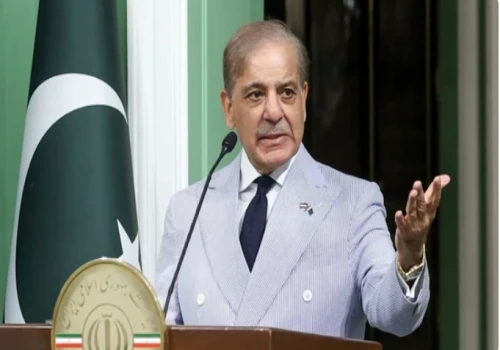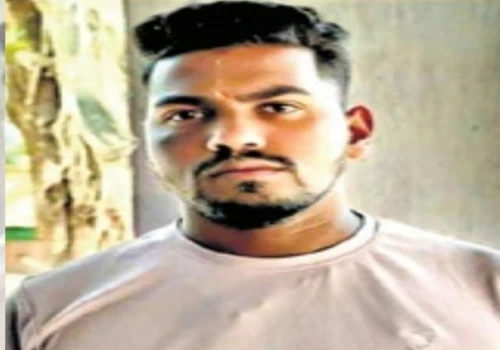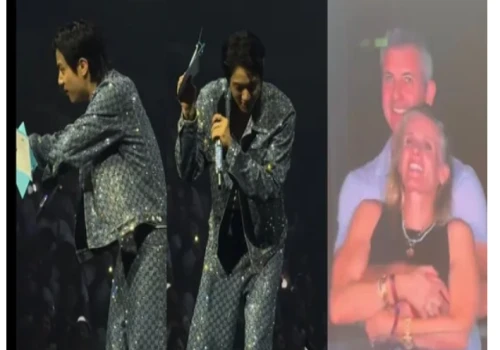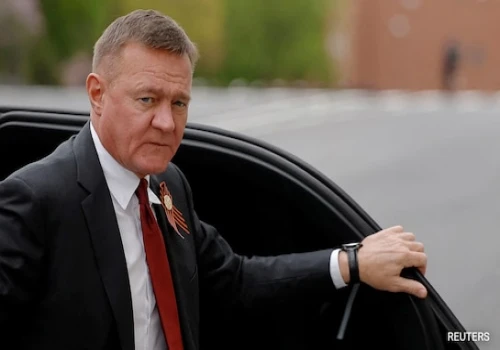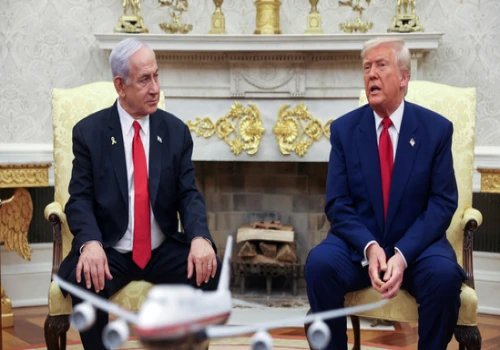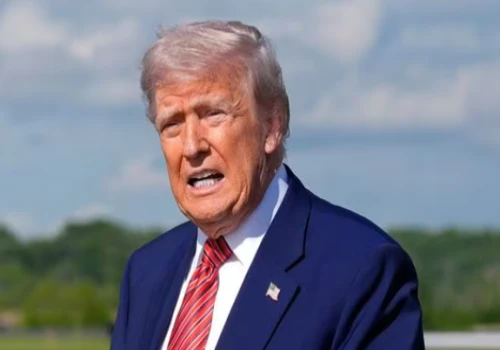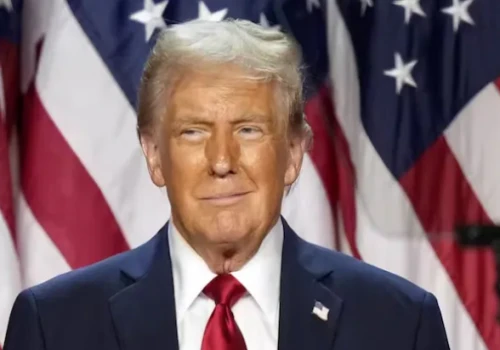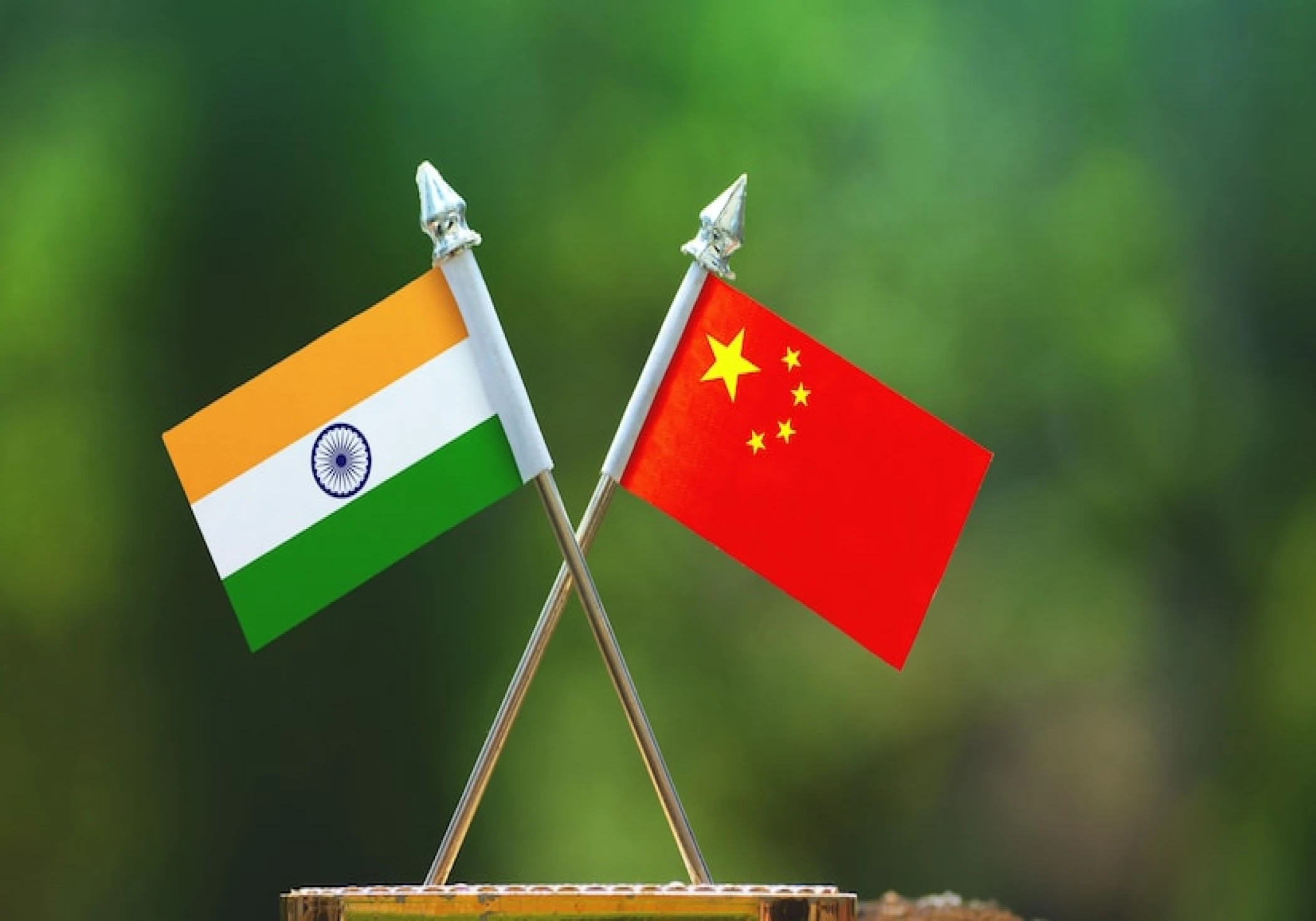
The Narendra Modi government has successfully persuaded the Xi Jinping regime to restore its patrolling rights in the Depsang Bulge area and Charding Ningling Nullah (CNN) Junction in Demchok, resulting in the disengagement of forces at these friction points and the resolution of a dispute that arose in May 2020 in East Ladakh, after four years and four months, seventeen rounds of meetings of the Working Mechanism for Consultation and Coordination (WMCC) on border affairs, twenty-one rounds of military dialogue, and protracted, arduous, and challenging negotiations at the diplomatic and political levels.
The patrolling agreement is also a victory for the Chinese People's Liberation Army (PLA), as India had been preventing Chinese patrols in several other LAC sectors since 2020. Both parties will provide clarification on this in the upcoming days. The patrolling agreement signifies the end of the Indian Army's and the PLA's pullout from the 3,488-kilometer Line of Actual Control at places of friction. The forward-deployed forces will now return to their barracks in a de-escalation and normalisation process.
After the Director General of Military Operations (DGMO) of the Indian Army and his PLA counterpart acknowledged that a patrolling agreement had been put into effect on the ground in East Ladakh, although on-the-ground verification in other sectors is still ongoing, an agreement was eventually achieved. Before granting PLA patrolling rights in other regions, the Indian side exchanged written suggestions and witnessed the implementation firsthand in East Ladakh to guarantee that it was executed flawlessly.
Following the PLA's violations in East Ladakh in May 2020, the Chinese Army extensively deployed forces at Jeevan and Raki Nullah, the entry routes to the bulge area, to obstruct the Indian Army's patrolling in Depsang Bulge (patrolling sites 10 to 13). Similar to this, the PLA stationed more troops at the CNN intersection, making it impossible for the Indian Army to cover all 65 of the East Ladakh patrolling points that the Cabinet Secretary had established back in 1976.
Experts say there is a chance that Prime Minister Modi and President Xi will take the next logical step of removing forces from the LAC as part of de-escalation since there are about 200,000 troops, tanks, artillery, rocket regiments, and missiles deployed on both sides. The two leaders are expected to meet at the Kazan BRICS summit on October 22 and 23. Following the de-escalation, normalisation of relations between China and India can proceed.



